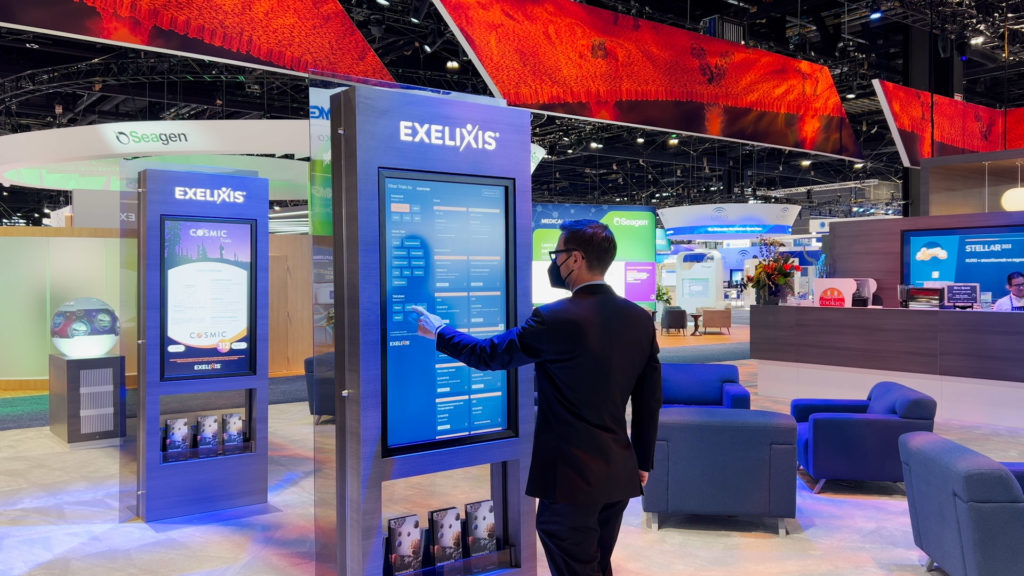
Interactive Medical and Scientific Experiences
Interactive medical and scientific experiences make your messaging easier to understand and impossible to ignore. AXS Studio designs custom apps, websites and conference experiences to help you make more meaningful connections with HCPs. Give your MSLs an edge with dynamic 3D MOD and MOA apps. Our medical device apps function on mobile devices and large touchscreens—perfect for reps in the field and self-guided product demos at conferences. Here are just some of the possibilities: educational games; MOD simulators; experience walls; interactive holograms; migraine photo booths; virtual reality (VR); augmented reality (AR); and mixed reality (MR).

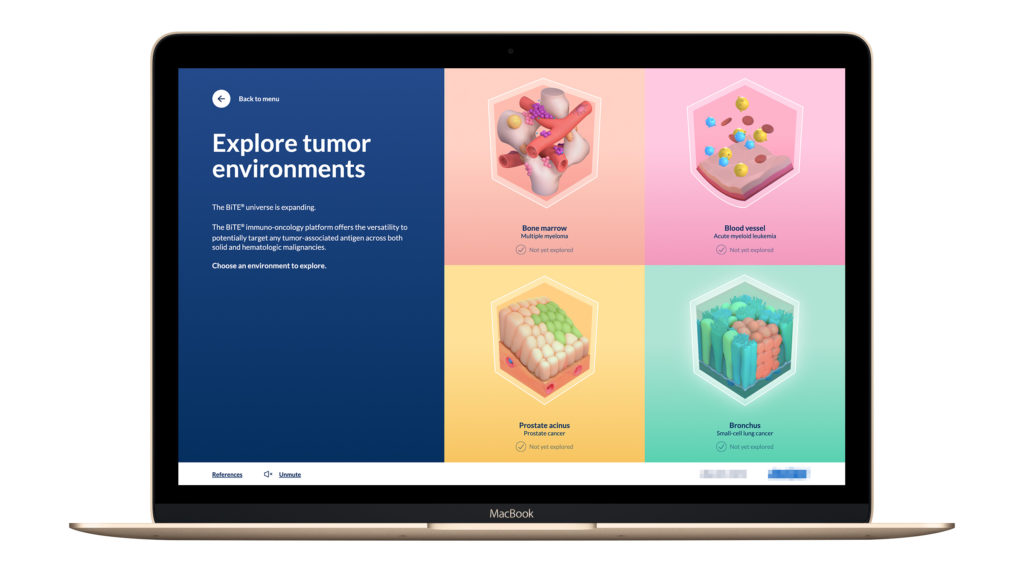
Interactive MOA for Booth and Browser
3D Interactive Experience for Booth and Browser
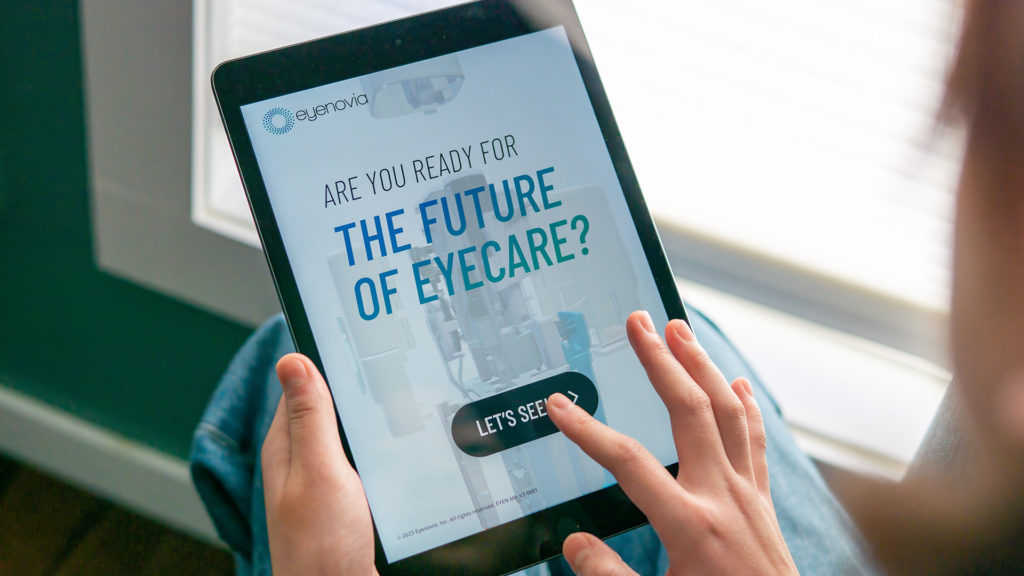
iPad App: Medical Device Simulator
Eyenovia
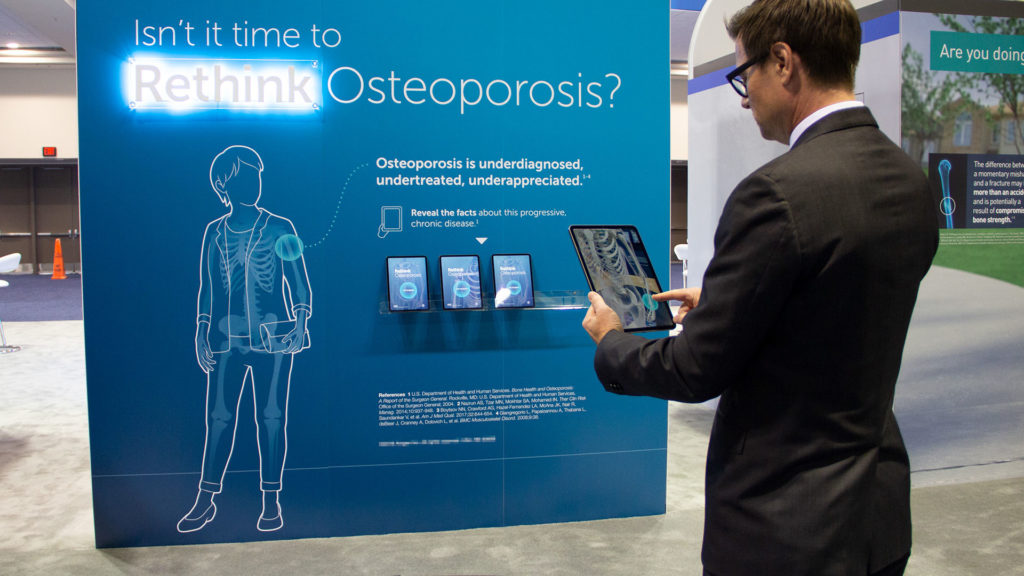
Medical AR: Interactive Osteoporosis Education
Biopharmaceutical Client
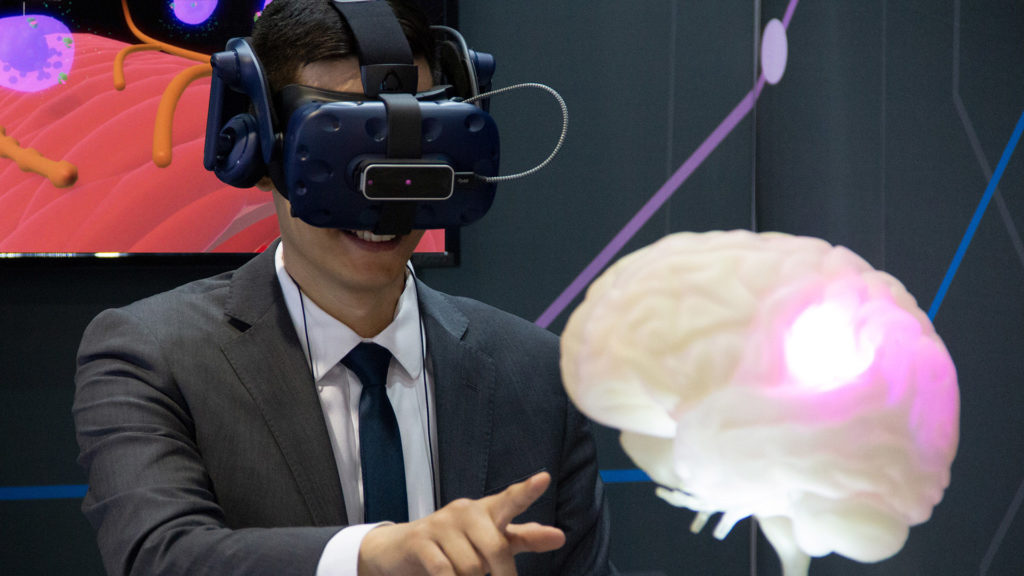
Interactive Migraine VR Experience
Biopharmaceutical Client
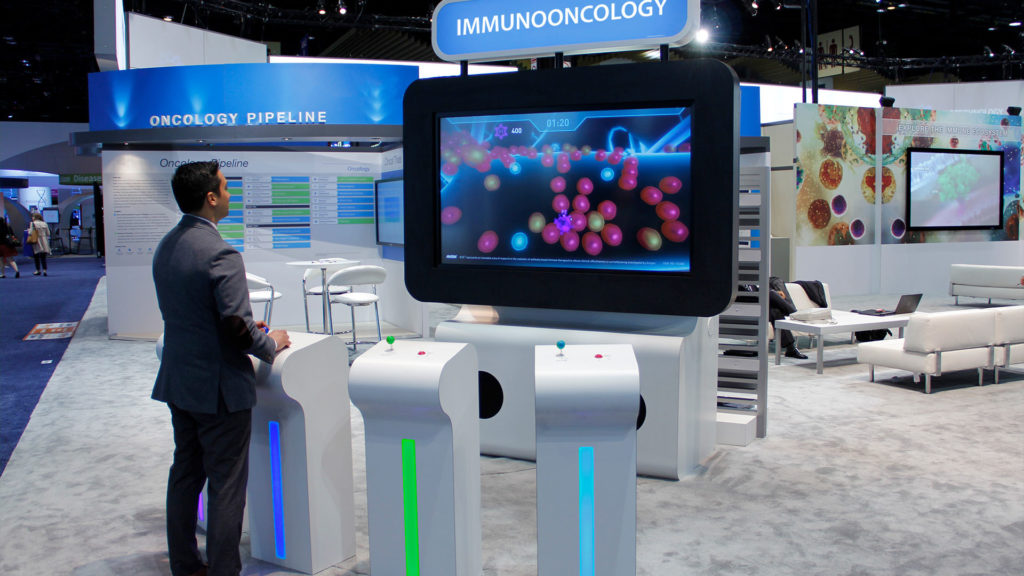
Medical Game: Oncology Arcade Experience
Biopharmaceutical Client
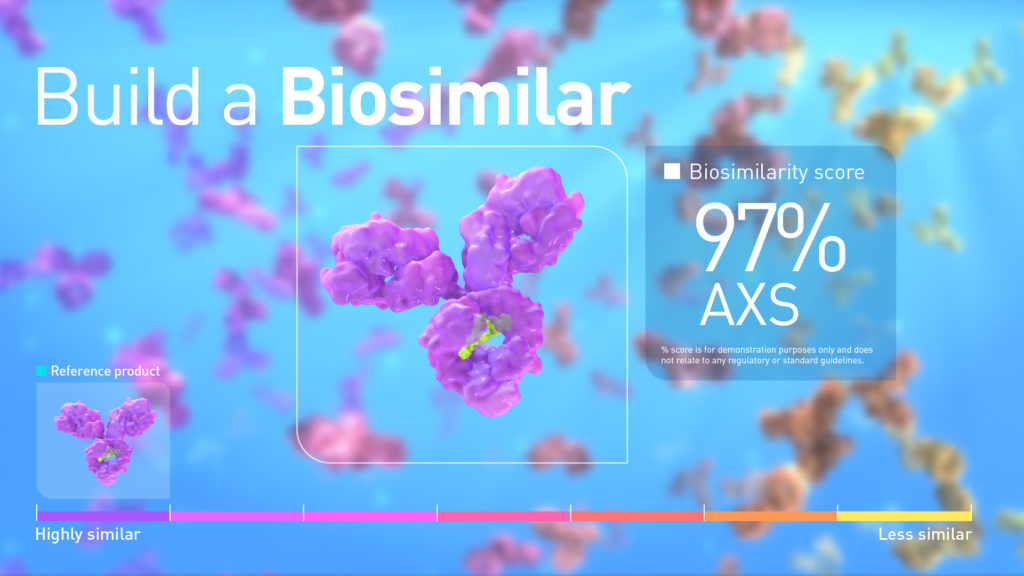
Biosimilar Development Simulator
Biopharmaceutical Client
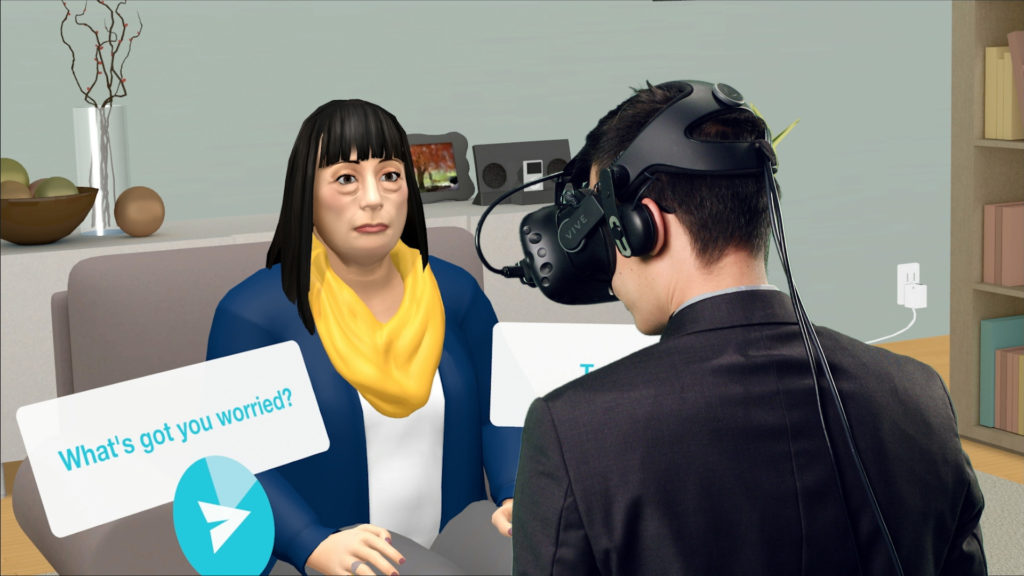
Medical Mixed Reality (MR): Cardiorenal Disease
Pharmaceutical Client
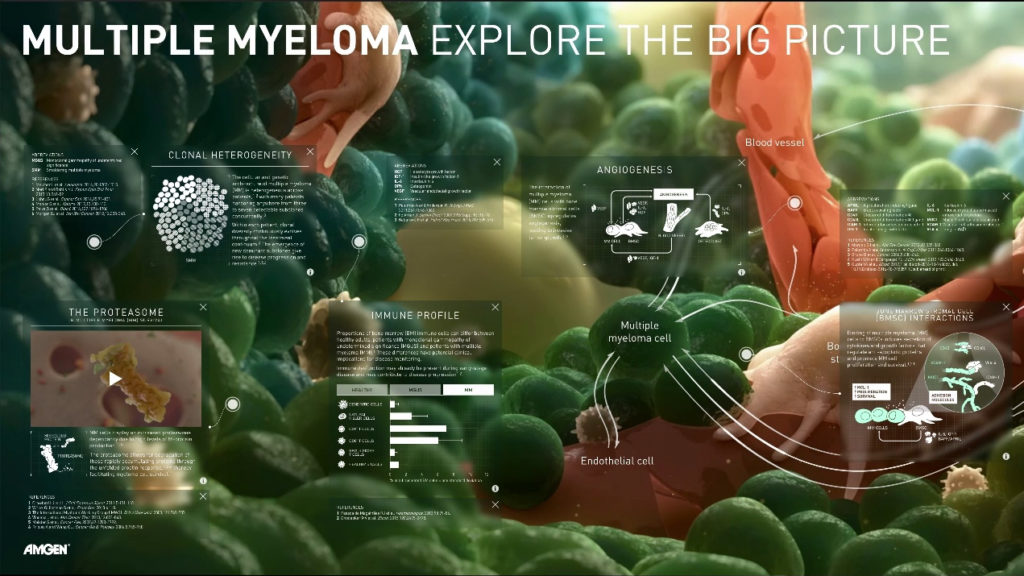
Multiple Myeloma Conference Exhibit
Biopharmaceutical Client
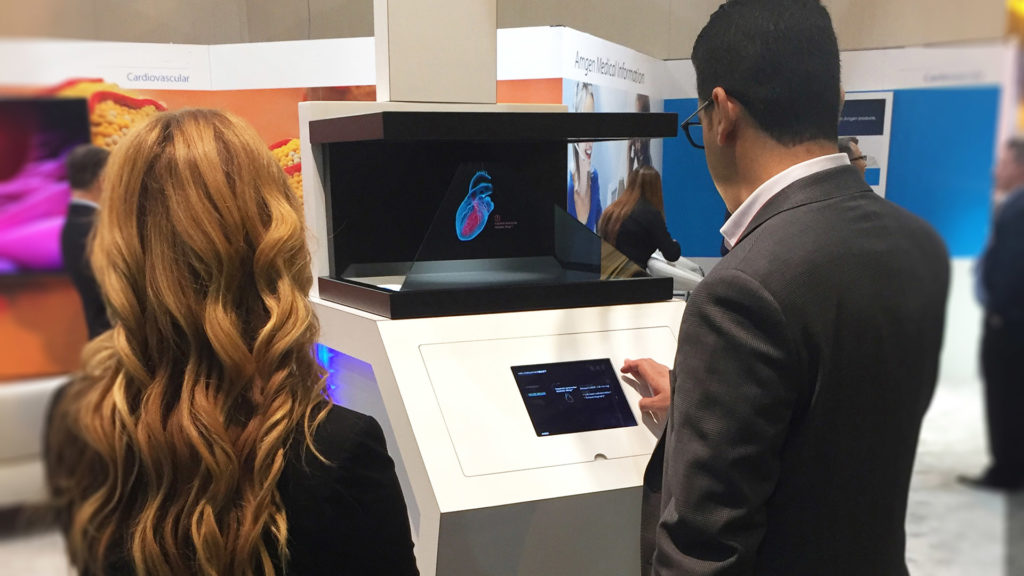
CVD Explorer interactive Hologram
Biopharmaceutical Client
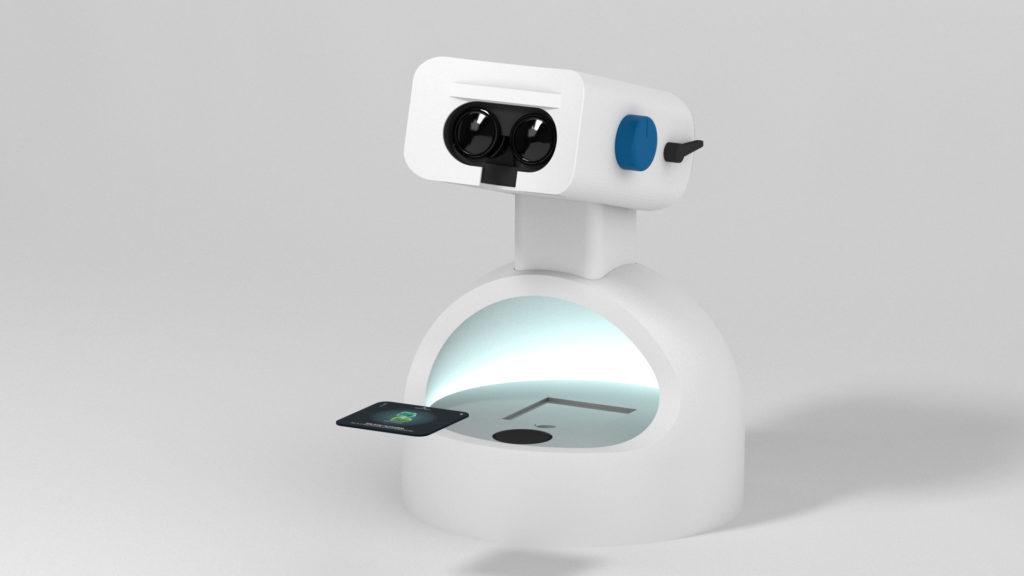
Medical VR: Cancer Immunotherapy Simulator
Biopharmaceutical Client
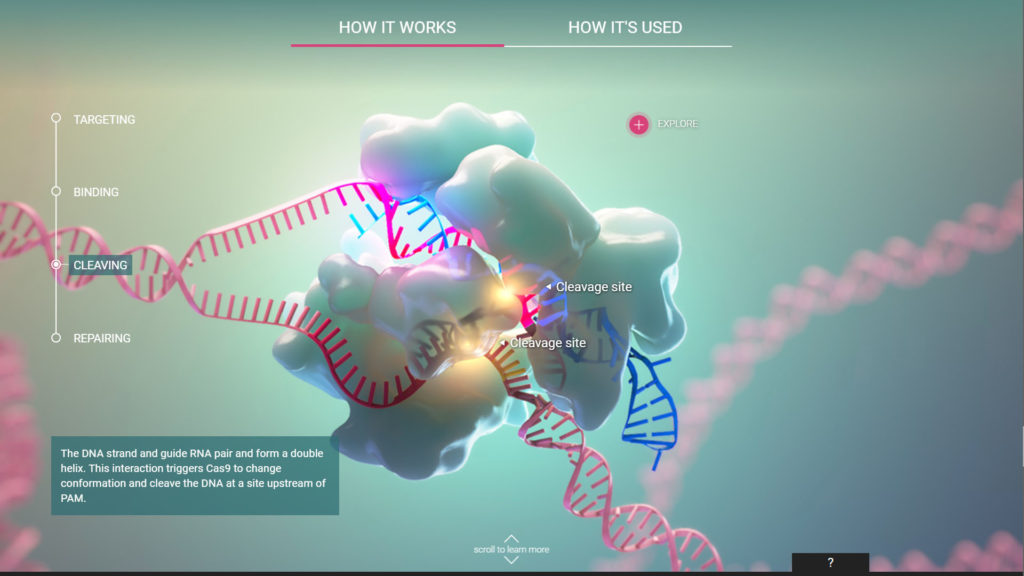
CRISPR Cas-9 Interactive Experience
HHMI Biointeractive



Ortho Clinical Diagnostics








Amgen






Genzyme Canada

Heartware

D&J Electronics

Who we've proudly worked with
Where our work has been featured
Let’s work together
to tell your story
Why invest in Interactive medical and scientific experiences?
- Interactivity supercharges engagement and learning—actively involving users in your medical science content. As a result, they retain the information better than if they had only read or watched your content.
- To draw more attendees to your scientific conference booth. Well-designed, visually-striking interactive experiences are proven to increase traffic and engagement, compared with passive booth materials.
- To understand your customers better. With interactivity, HCPs press buttons, answer questions and make decisions. We record this information to provide you with valuable metrics about knowledge gaps and interest in your scientific content.
- To reach your audience through multiple channels. A single interactive experience can be deployed to your website, your congress booth, and MSL iPads for field use.
- It is a lasting investment. We design interactive experiences to be periodically updated for long lifecycles. For example, Build a Biosimilar was deployed to 34 scientific conferences and to MSL iPads over its 5-year lifespan.
The AXS Studio difference
What makes an interactive medical and scientific experience successful with healthcare providers and patients? At AXS Studio, we begin with a human-centered design approach that prioritizes your learning objectives and your audience. We incorporate elements of gameplay and discovery to spark curiosity, and finish with flawless execution and unparalleled customer support.
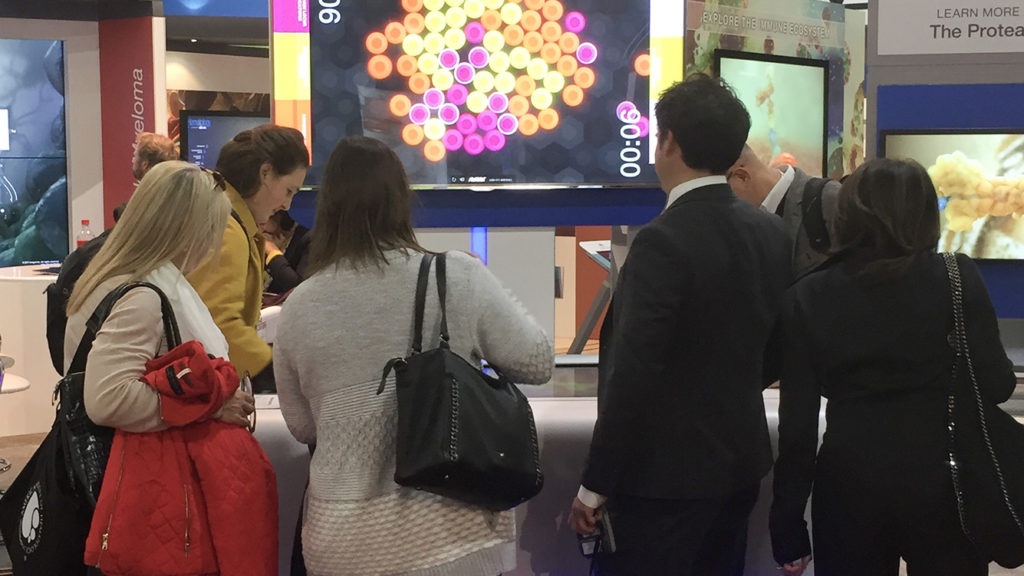
The right team
Design for results
Prepared for success
Unexpected ideas
Simply contact us with your project information, including the timeline, budget and learning objectives. We’ll schedule a consultation meeting to review your goals and then provide a custom detailed proposal for your review.
Most medcomm and healthcare agencies outsource their client’s interactive projects to generalist developers. At AXS Studio, all design and development is done inhouse by our specialized team. Our medical communications designers, medical animators and certified medical illustrators all hail from scientific backgrounds. Each holds an M.Sc. degree in biomedical communications from one of the five CAAHEP-accredited graduate programs. These programs train digital artists in cell biology, anatomy, physiology, pathology and molecular visualization.
AXS Studio has 20+ years experience visualizing complex medical science for discerning HCP audiences. Our five Board-Certified Medical Illustrators (CMIs) ensure scientific accuracy in every interactive experience we create. We speak the language of science and are able to communicate complex concepts more accurately and clearly than other agencies and interactive companies.
The functional requirements and complexity of an activity are the biggest factors in cost. We account for your project budget when proposing a solution. Our fees include:
- Content writing
- Experience design
- Visual asset creation
- 2D and 3D animation
- Programming (web or game)
- Custom electronics
- Testing, deployment and support (on-site or remote)
Content creation, design and development are all handled in house by our long-standing team. This allows us to tightly manage all elements of production, while ensuring strict quality control and confidentiality. If you’re interested in a quote for an interactive experience or app, please get in touch.
Our quotes include ideation, content research and writing, UX and UI design, wireframing, 3D modeling and animation, programming, audio (voice, music, sound fx), application testing, support and training. During development, we prepare review materials for PRC or MLR and will handle Veeva (or other) submissions, if desired.
At AXS Studio, we’re committed to ensuring your science is communicated accurately. Our project managers, designers and artists immerse themselves in the literature supporting your content. We compile a comprehensive research deck to support the creation of all the visuals featured in your interactive experience. This guides our artists and ensures every visual in your interactive experience is backed by peer-reviewed research.
When clients first work with us, they often express relief after switching from their last agency. They cite previous challenges faced, including:
- Vendors who struggled to understand the project purpose
- Last-minute deliveries that cause undo stress
- Surprise technical problems at their conference booth
- Lack of support from their agency whenever something went wrong
- Unexpected charges to fix the agency’s own errors
In general, development can take 3–6 months, depending on the scope. If you’re targeting a specific launch date, it’s important to start early—especially if your company has an involved MLR or PRC process. We suggest contacting us 6 months ahead of the due date, to be safe. Our project proposals include detailed timelines with key milestones so your team will know exactly when to expect key deliverables.
We advise aiming for 5 minutes or less. HCPs are busy people and have limited time to experience your content. Being concise and impactful provides the best value for their time investment. It also forces us to be highly targeted with key messages. We recommend prioritizing three key takeaways and an enjoyable experience for your audience.
- To begin, identify your primary audience and learning objectives. The audience will inform the complexity and language of your content. Eg., are you speaking to general practitioners or research scientists?
- Send us your key content resources. These may include scientific posters, training decks and journal papers.
- Our team will hold ideation sessions and present you with a proposal, including concept art. The concept and experience design may go through a couple of iterations at this stage.
- Once you approve the overall concept, we’ll prepare a content outline for your review and approval.
- Next, we’ll create a wireframe that shows the user experience, content (written and spoken) and visuals together. This document provides a clear picture of how the experience will look and function. It will help you get alignment from all stakeholders before development begins. After a round of review by your team, we’ll make any revisions and submit an updated wireframe for MLR/PRC review.
- Once the wireframe is approved, we develop alpha, beta and final versions of the functioning experiences. The beta version is typically submitted to MLR/PRC review, with any changes being pulled through in the final deliverable.
- Throughout development, we conduct system testing with your booth and/or AV vendor(s) to eliminate any chance of errors at launch time.
- Following MLR/PRC approval, we work with you to deploy the final interactive experience—whether to your congress booth, mobile devices, website or other medium.
Medical and scientific communications managers sponsor interactive experiences to educate visitors at their medical affairs conference booths. The content is often MOD and/or MOA education. Experiences designed for conference booths are often repurposed on medical affairs websites, providing ongoing support to HCPs.
Product and marketing managers commission interactive experiences to highlight new medical devices and technologies at trade show booths.
Sales representatives and Medical science liaisons (MSLs) use interactive medical or scientific apps in the field during physician meetings. These apps can be deployed to laptops, iPads and/or Android tablets.
Institutions including science centers and museums commission interactive scientific games and experiences to engage visitors in feature exhibits.
We’ll design your experience to function flawlessly without support by making it simple to use and providing on-screen and audio instructions. Nevertheless, an in-person facilitator usually increases participation and enhances the experience of your visitors. Many companies use trained facilitators for this reason. We can recommend a vendor that we’ve had great experiences with.
We typically handle the initial design of kiosks if they’re integral to the interactive experience. We then work with our clients’ booth vendors who build out the finished structures. Simultaneously, we coordinate with our clients’ AV vendors to spec optimal hardware and stress test the interactivity well ahead of the congress date. We ensure every aspect of your interactive experience is tested and production-ready, ensuring a smooth, stress-free launch for your team.
Want to learn more?
Toll-free
1-877-959-6763 (US)
+44 808 169 9923 (UK)
111 Peter St. Suite 700
Toronto, ON, M5V 2H1
Canada
looking for?



